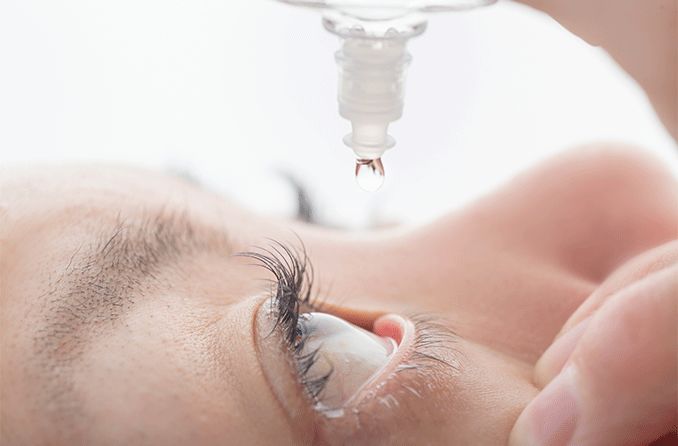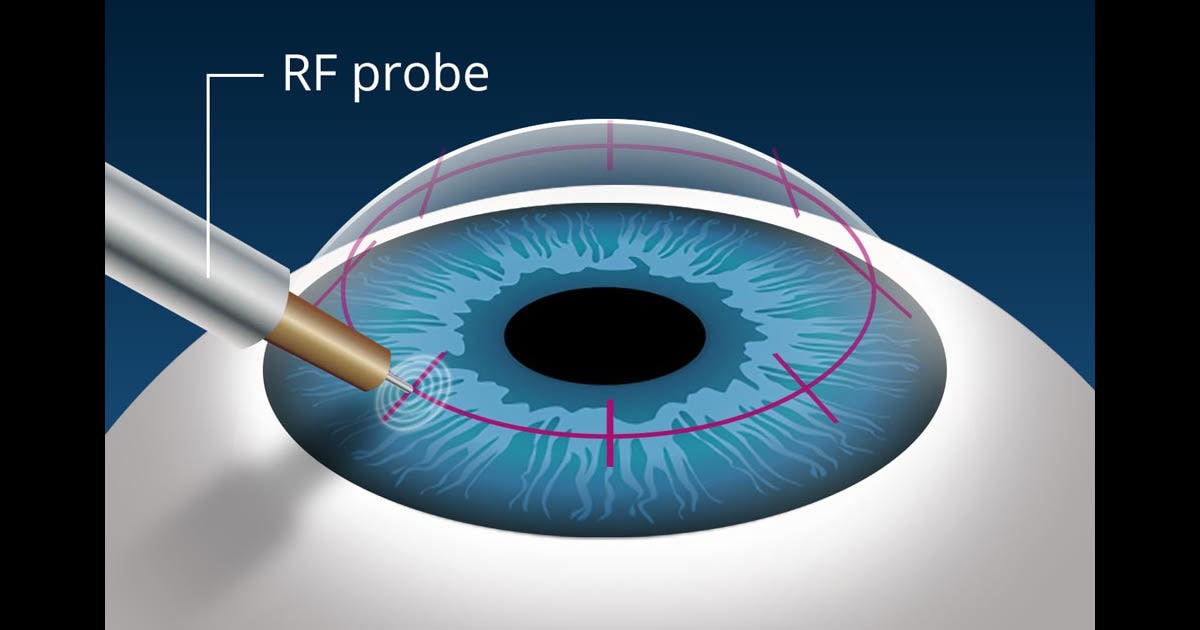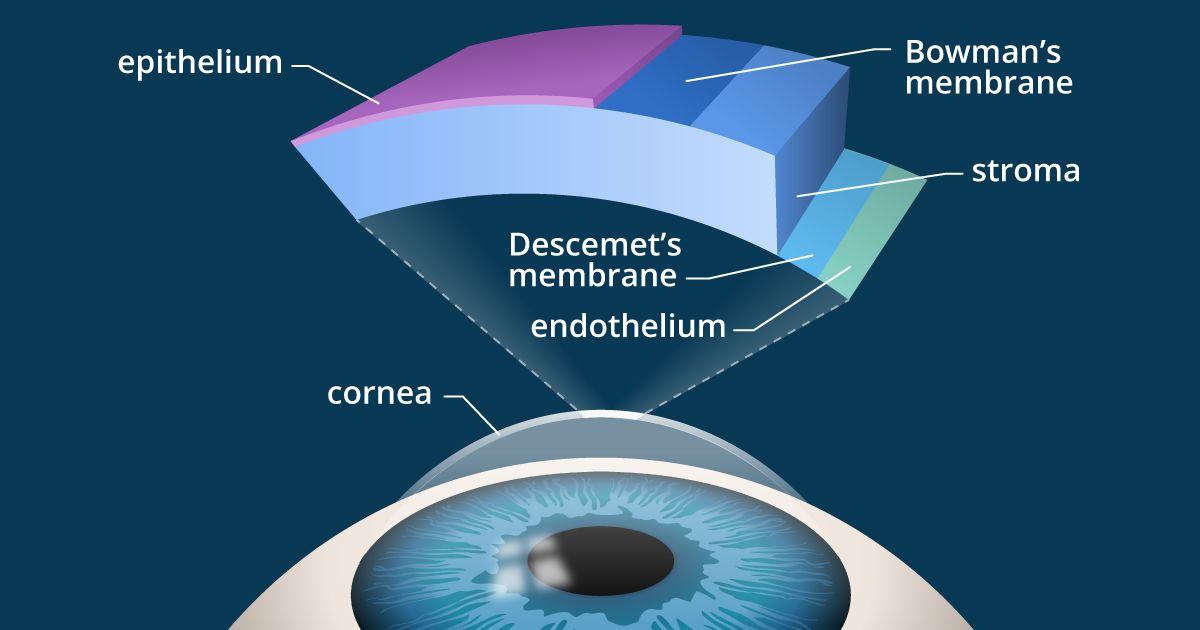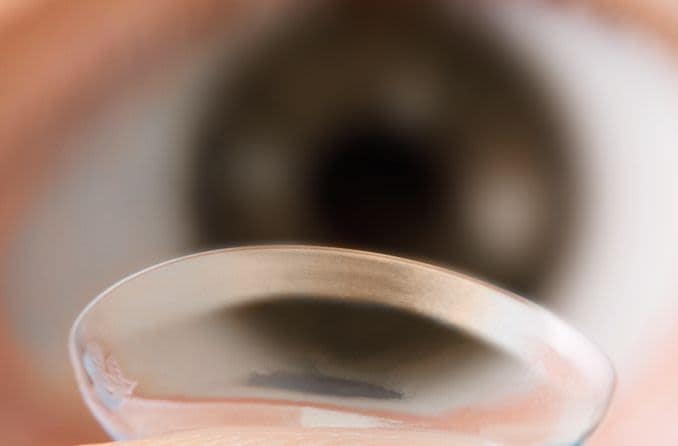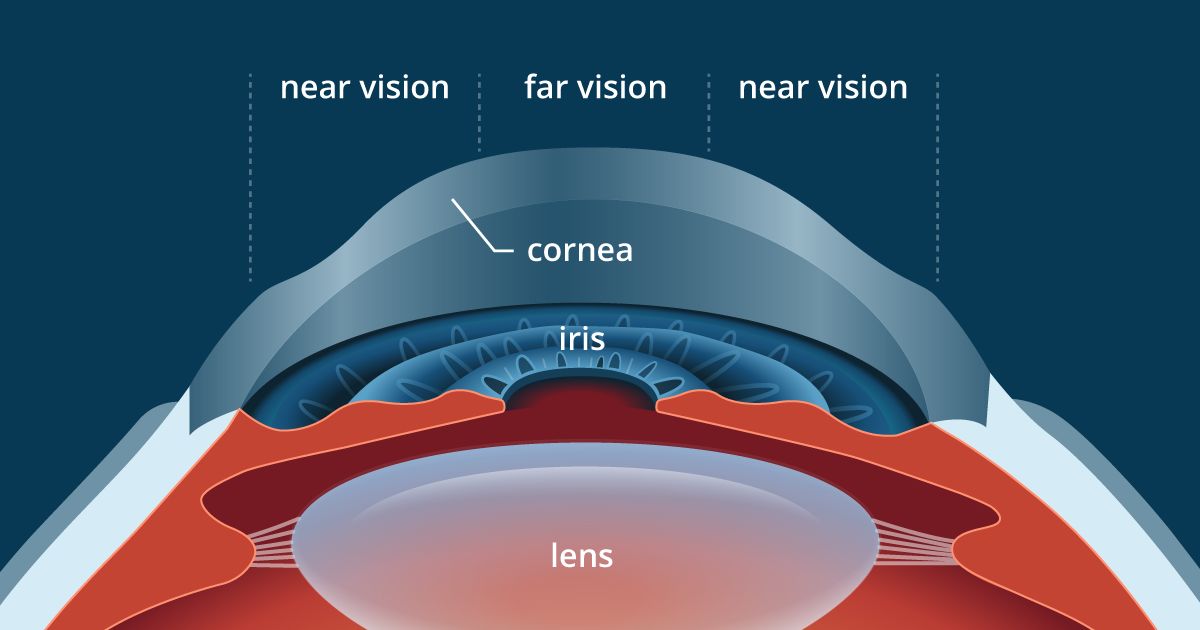What is presbyopia and why does it happen?
Presbyopia is an age-related vision change that makes it challenging for people to see near objects or reading material clearly. This change in vision usually begins around age 40 and affects almost 2 billion people worldwide, including 128 million in the United States alone.
Once you start experiencing presbyopia, it usually progresses until age 65 to 70. After this, it tends to stabilize.
The most significant cause of presbyopia, and what makes it so common, is the natural stiffening of the eye’s lens as you get older. Similar to a camera’s lens, the lens of the eye adjusts to focus on objects that are close up, far away, and everywhere in between.
The ability to make these adjustments is called eye accommodation. Accommodation relies on the flexibility of the eye’s lens to focus at multiple distances. Along with the lens becoming less malleable, the eye’s inner muscles — that are used to change the eye’s shape — become less effective.
As you age, proteins that make up the crystalline lens start to thicken and become stiff. Without lens elasticity, your eyes cannot accommodate near vision very well.
Because of this, people with presbyopia often require more lighting, or they need to hold reading material an arm’s length away from them to see it clearly.
SEE RELATED: Presbyopia FAQ
